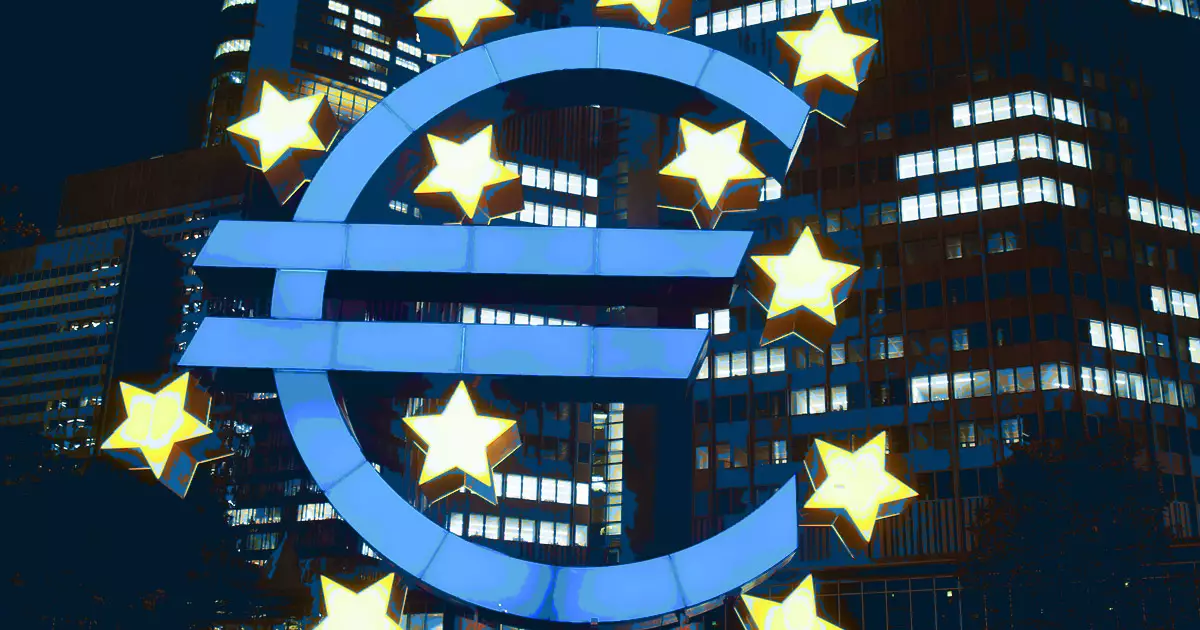In a world increasingly driven by digital innovation, Piero Cipollone, a prominent member of the Executive Board of the European Central Bank (ECB), has spotlighted the urgency for Europe to adopt digital assets and distributed ledger technology (DLT). At the recent Bundesbank Symposium on the Future of Payments, Cipollone articulated a compelling case for reimagining Europe’s capital markets through the lens of digital transformation. His remarks underscore a critical inflection point: the necessity for integration within the continent’s multifaceted financial landscape, which is currently impeded by its own complexities and fragmentation.
Cipollone paints a vivid picture of Europe’s financial ecosystem, remarking that its numerous listing exchanges and trading platforms contribute to inefficiencies and disunity. With 35 different exchanges and 41 trading platforms, the division not only complicates transactions but also diminishes the region’s competitiveness in the global arena. By transitioning towards a more integrated digital framework, Cipollone believes that Europe could significantly minimize intermediation costs and elevate market efficiency.
Despite initiatives such as the TARGET2-Securities platform, which aims to harmonize the settlement of securities across Europe, Cipollone pointed out that regulatory obstacles persist. The lack of cohesive regulations surrounding asset custody, taxation, and supervisory practices hampers efforts to forge a unified market. This mismatch in regulatory frameworks has left the European capital markets vulnerable, lacking the robust infrastructure needed to compete on the world stage effectively.
Cipollone argues that unless the European Union (EU) intensifies its integration initiatives, the benefits of a digital capital market will remain out of reach. With the acceleration of digital asset adoption globally, Europe faces the risk of lagging behind if it does not align its regulations swiftly. His forecast emphasizes the critical need for harmonized legislation as a means to unleash the potential synergies of a cohesive financial union.
One of the centerpieces of Cipollone’s address was the concept of tokenization—the process of issuing assets via DLT, which revolutionizes asset ownership and trading. By leveraging tokenization, financial markets can redefine their structures by eliminating bottlenecks and reducing transaction costs. Unlike traditional financial systems that rely on centralized data repositories, DLT facilitates a decentralized approach, where transactions occur within a synchronized network.
This paradigm shift could mark an evolution in how transactions are conducted, moving from centuries-old bookkeeping practices towards instantaneous, decentralized transactions. Cipollone cites that over 60% of EU banks are already exploring DLT solutions, with nearly a quarter actively implementing these technologies. However, he stresses that the full potential of DLT remains unrealized, indicating that the pace of adoption must quicken to meet the demands of the evolving financial landscape.
To catalyze this transformation, Cipollone has proposed the establishment of a European ledger—an interoperable platform designed to integrate digital assets, central bank money, and commercial bank money harmoniously. This shared infrastructure would offer market participants, central securities depositories (CSDs), and financial institutions a streamlined means of engagement, effectively reducing barriers to market entry and promoting integration across capital markets.
Yet, he cautions that a fragmented approach to DLT adoption could exacerbate existing divisions as various nations and institutions build isolated platforms. To avert this potential setback, Cipollone calls for expedited collaboration among regulators, central banks, and the financial sector, ensuring Europe not only keeps up with global advancements but leads the way in creating a cohesive and unified digital capital market.
Cipollone’s insights provide a blueprint for a revitalized European financial landscape. The transformative potential of digital assets and tokenization encompasses more than mere efficiency gains; it heralds a profound shift in how financial markets could operate in the future. It is imperative that Europe embraces these innovations now to harness their advantages, ensuring its financial system is competitive, integrated, and ready to meet the challenges of a rapidly changing global economy. Time is of the essence for Europe to embrace this digital renaissance and secure its place in the modern financial landscape.


Leave a Reply